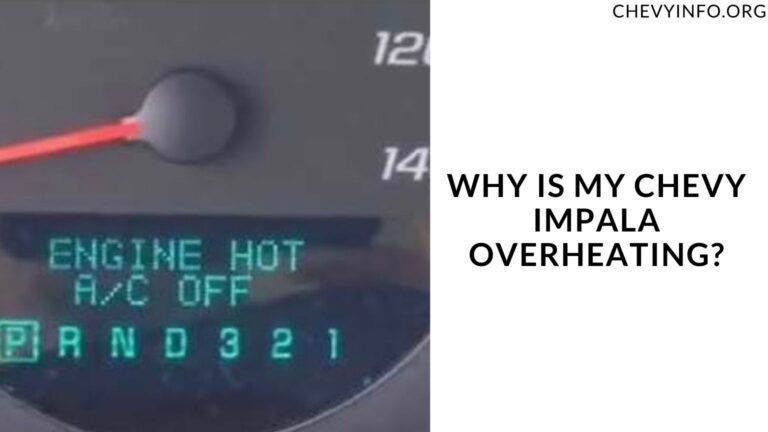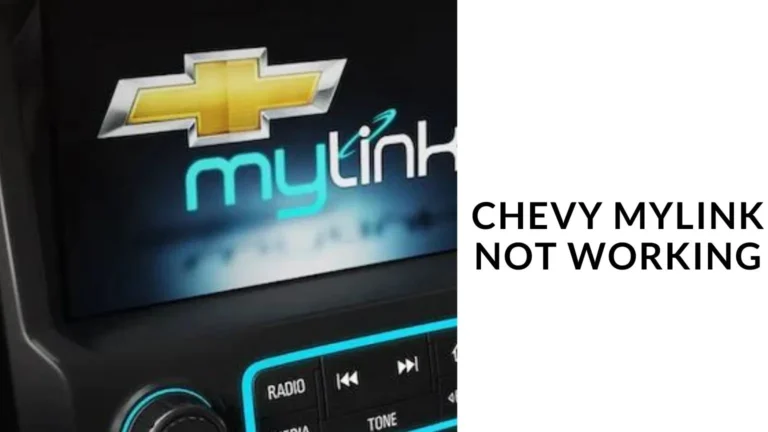LBZ VS LMM VS LML VS L5P (Differences) of 2024
Diesel engines have been a crucial part of General Motors’ lineup, powering their heavy-duty trucks with reliability and performance.
Among these engines are the LBZ VS LMM VS LML VS L5P, each representing different generations with unique features and improvements.
Let’s delve into each engine to understand their characteristics and how they stack up against each other.
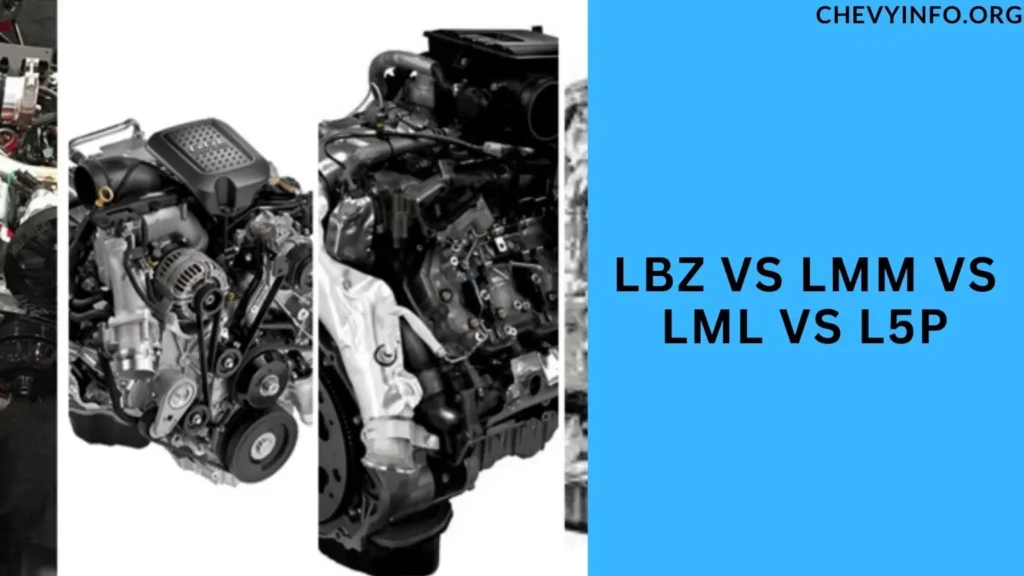
Introduction
The LBZ, LMM, LML, and L5P engines are all part of GM’s Duramax diesel engine family, designed to deliver power, efficiency, and durability for demanding truck applications.
These engines have evolved over the years, incorporating technological advancements to meet emission standards while enhancing performance.
LBZ Engine
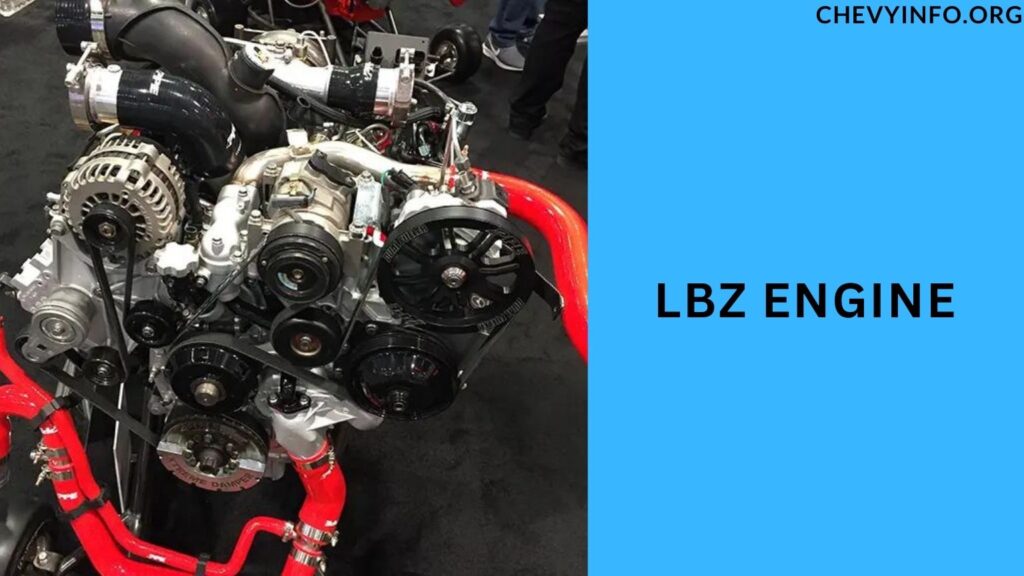
The LBZ engine, introduced in 2006, was a significant leap forward in diesel engine technology. It featured:
- Power output: Around 360 horsepower and 650 lb-ft of torque.
- Common rail fuel injection system for precise fuel delivery.
- Reliability and durability, make it a favorite among truck enthusiasts.
LMM Engine

Replacing the LBZ, the LMM engine arrived in mid-2007 with improvements in emissions control. Key features include:
- Power output: Similar to LBZ but with enhanced emissions compliance.
- Added diesel particulate filter (DPF) and exhaust gas recirculation (EGR) system for cleaner exhaust.
LML Engine

The LML engine, introduced in 2011, brought further advancements in emissions technology and performance. Highlights include:
- Power output: Up to 397 horsepower and 765 lb-ft of torque.
- Selective catalytic reduction (SCR) system using diesel exhaust fluid (DEF) for emissions control.
- Improved fuel efficiency and overall refinement compared to previous generations.
L5P Engine
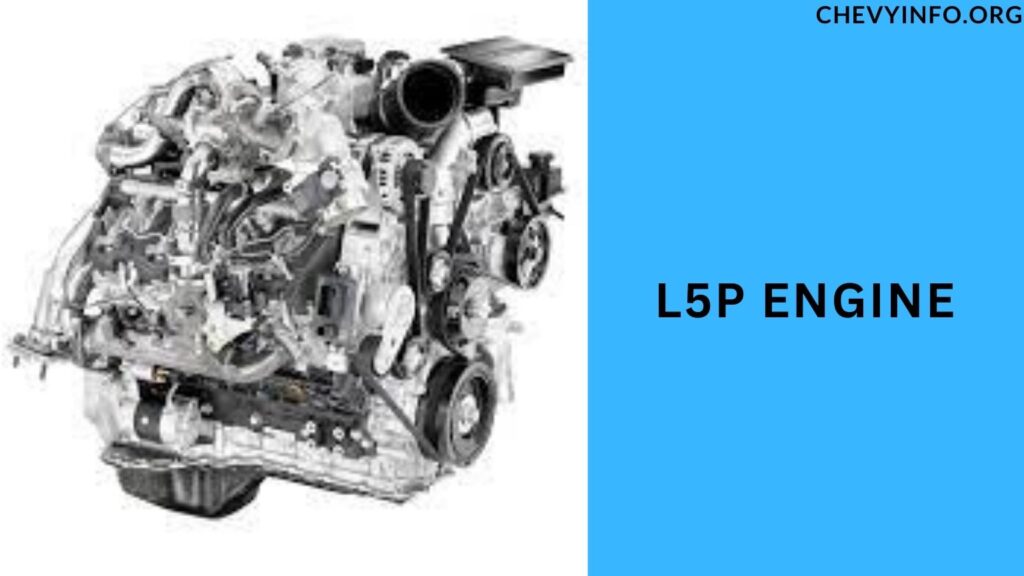
The latest iteration, the L5P engine, debuted in 2017, showcasing GM’s commitment to innovation and performance. Notable features are:
- Power output: Over 445 horsepower and 910 lb-ft of torque.
- Enhanced SCR system for better emissions control and DEF consumption.
- Upgraded components for improved durability and longevity.
Comparison
When comparing the LBZ, LMM, LML, and L5P engines, several factors come into play. Performance metrics such as horsepower, torque, and towing capacity vary across these generations, with the L5P typically offering the highest figures. Emissions compliance is another crucial aspect, with each generation incorporating different technologies to meet regulatory standards.
Power and Torque
- LBZ: 360 horsepower, 650 lb-ft torque.
- LMM: Similar power to LBZ but with better emissions control.
- LML: Up to 397 horsepower, 765 lb-ft torque.
- L5P: Over 445 horsepower, 910 lb-ft torque.
Emissions Compliance
- LBZ: Basic emissions control.
- LMM: Added DPF and EGR for better emissions compliance.
- LML: SCR system with DEF injection for cleaner exhaust.
- L5P: Enhanced SCR system for optimal emissions control.
Technology and Refinement
- LBZ: Reliable and durable, basic technology.
- LMM: Improved emissions control, and refined performance.
- LML: Advanced emissions technology, better fuel efficiency.
- L5P: Latest technology, high power, and torque output.
Durability and Longevity
- LBZ: Known for durability, popular among enthusiasts.
- LMM: Enhanced emissions system without compromising reliability.
- LML: Improved fuel efficiency and overall refinement.
- L5P: Upgraded components for improved durability and longevity.
LBZ Vs LMM Vs LML Vs L5P: Differences
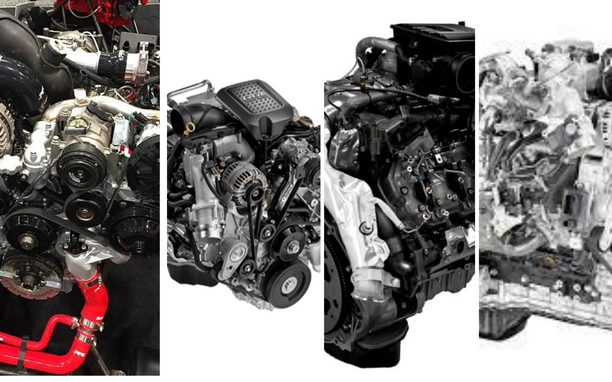
Here are the key differences between LBZ, LMM, LML, and L5P Duramax engines:
LBZ (2006-2007):
- 6.6L V8 Duramax engine.
- Known for its robustness and reliability.
- Features a Variable Geometry Turbocharger (VGT) for improved performance.
- High-pressure common-rail fuel injection system for efficient fuel delivery.
LMM (2007.5-2010):
- Also a 6.6L V8 Duramax engine.
- Introduced Diesel Particulate Filter (DPF) technology for cleaner emissions.
- Improved engine control module (ECM) for better performance and efficiency.
- Utilizes a Garrett GT3788VA variable geometry turbocharger.
LML (2011-2016):
- 6.6L V8 Duramax engine with enhancements in power and torque.
- Incorporates a Selective Catalytic Reduction (SCR) system for emissions control.
- Features a more efficient variable-geometry turbocharger for improved response.
- Enhanced cooling system and strengthened internal components for durability.
L5P (2017-present):
- Latest generation 6.6L V8 Duramax engine.
- Significant improvements in power, torque, and overall performance.
- Utilizes advanced air-to-air intercooler and a new electronically controlled turbocharger for enhanced efficiency.
- Features a next-generation high-pressure common-rail fuel system for precise fuel delivery.
LBZ Vs. LMM Vs. LML Vs. L5P: Problems
Here are some common problems associated with LBZ, LMM, LML, and L5P Duramax engines:
LBZ (2006-2007):
- Fuel injector issues, including injector harness problems and fuel contamination.
- Exhaust Gas Recirculation (EGR) valve failures lead to reduced performance and increased emissions.
- Turbocharger failures, particularly with the Variable Geometry Turbo (VGT) system.
- Transmission issues, such as slipping or harsh shifting.
LMM (2007.5-2010):
- DPF (Diesel Particulate Filter) and emissions system problems, including frequent regeneration cycles and sensor failures.
- Fuel system issues, such as fuel pump failures and fuel injector problems.
- Cooling system problems, such as radiator leaks and coolant loss.
- Transmission issues, including torque converter problems and shifting issues.
LML (2011-2016):
- DEF (Diesel Exhaust Fluid) system malfunctions, leading to poor DEF quality warnings and reduced engine performance.
- Emissions system failures, including DEF injector issues and SCR (Selective Catalytic Reduction) system faults.
- Turbocharger problems, such as stuck vanes and turbo failure.
- Fuel system issues, including fuel pump failures and injector problems.
L5P (2017-present):
- DEF system problems, including DEF pump failures and DEF injector issues.
- Turbocharger failures, particularly with the electronically controlled turbo system.
- High-pressure fuel system problems, such as injector failures and fuel rail issues.
- Emissions system malfunctions, including SCR system faults and NOx sensor failures.
People also ask
Is the LMM better than the LBZ?
The LMM is considered an improvement over the LBZ in terms of emissions compliance due to features like a diesel particulate filter and exhaust gas recirculation.
However, whether it is “better” depends on specific needs and preferences, as the LBZ may offer superior power and performance in certain contexts.
Is the LMM or LML Duramax better?
The LML Duramax is generally considered better than the LMM due to improvements in power,
fuel efficiency, and emissions control, along with enhanced technology and features.
Is a 2016 Duramax a LML or L5P?
A 2016 Duramax is typically an LML engine.
How to tell if you have an LBZ or LMM?
To determine if you have an LBZ or LMM Duramax engine, you can check the eighth character of your vehicle’s VIN.
If it’s a “D,” you have an LBZ engine, and if it’s a “6,” you have an LMM engine.
Conclusion
In conclusion, the LBZ, LMM, LML, and L5P engines each offer unique advantages based on their respective generations.
The choice between them depends on factors such as power requirements, emissions compliance, technology, and budget.
Whether it’s the proven reliability of the LBZ or the cutting-edge performance of the L5P, GM’s Duramax engines continue to impress truck owners with their capabilities.

Henry Worner, a seasoned automotive expert with over 13 years of experience in car repair, maintenance, and performance enhancement, ChevyInfo.org was born out of a passion for Chevrolet vehicles. Henry’s deep-rooted love for everything Chevy has driven him to create a platform where fellow enthusiasts, car owners, and anyone interested in Chevy cars can find valuable insights, tips, and guidance.

